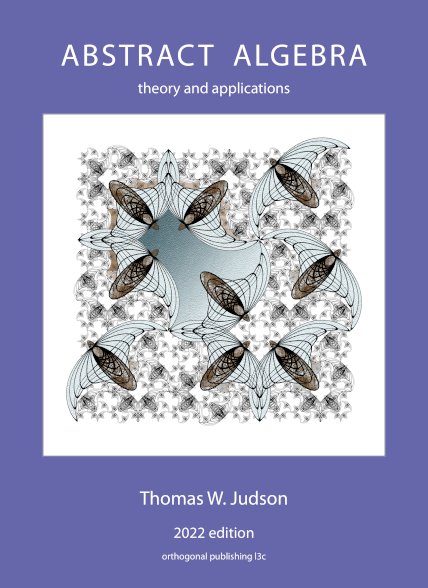Section 20.1 Definitions and Examples
A vector space
The elements of
Let us examine several examples of vector spaces. Some of them will be quite familiar; others will seem less so.
Example 20.2.
If
Example 20.3.
The set of all continuous real-valued functions on a closed interval
Example 20.4.
Let
Proposition 20.5.
Proof.
To prove (1), observe that
consequently,
The proof of (2) is almost identical to the proof of (1). For (3), we are done if
To show (4), observe that
and so

